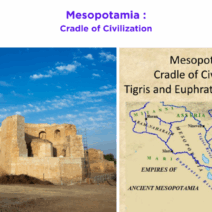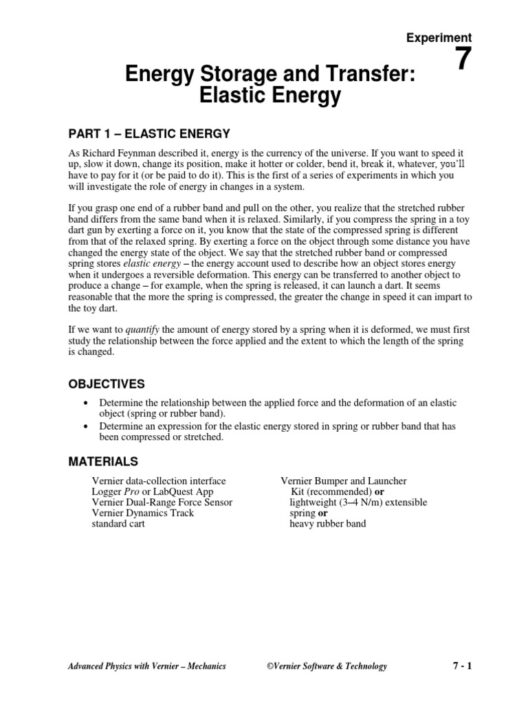The principle of conservation of energy is one of the foundational tenets of physics. It asserts that energy cannot be created or destroyed but can only be transformed from one form to another. This fundamental law underpins much of our understanding of physical processes, from the motion of celestial bodies to the functioning of everyday appliances. However, this prompts an intriguing question: Is conservation of energy always true in every case?
At first glance, the answer seems straightforward. The conservation of energy holds true in closed systems, where no external forces or influences can interfere. For example, consider a swinging pendulum. As it swings from its highest point to the lowest, potential energy is converted into kinetic energy with minimal loss. In an ideal frictionless environment, this energy would continue to oscillate indefinitely. However, real-world scenarios often differ significantly from this idealized version due to various dissipative forces like friction and air resistance.
These external forces can lead to energy loss, predominantly in the form of thermal energy. When a pendulum swings, it encounters air resistance, leading to a gradual decrease in amplitude until it eventually comes to a halt. This phenomenon demonstrates that while energy may neither be created nor destroyed, it is often transformed into less useful forms, illustrating a more nuanced interpretation of the conservation principle.
Now, let us delve deeper into realms dominated by non-classical physics. In quantum mechanics, the conservation of energy still prevails; however, the implications become significantly more complex. Energy quantization introduces the distinct possibility of energy existing in discrete packets, or quanta, which behave in ways counterintuitive to classical physics. Moreover, the uncertainty principle indicates that energy levels can experience fluctuations in very short timescales, challenging the classical notion of stable energy conservation.
The concept of energy transformation brings us to another critical area: thermodynamics. The first law of thermodynamics, a direct manifestation of the conservation of energy principle, states that the total energy of an isolated system remains constant. However, thermodynamic processes involve entropy— a measure of disorder within a system. As energy converts from one form to another, some energy transforms irreversibly into a disordered state, such as heat released into the environment. This underlines the essence of the second law of thermodynamics, which articulates that total entropy in a closed system tends to increase over time. In practical terms, energy appears “lost” even though energy remains within the system; it simply transitions into a less useful form for performing work.
Let’s consider a playful thought experiment: imagine a perpetual motion machine, a hypothetical contraption that operates indefinitely without an external energy source. Such machines directly contradict the conservation of energy principle, as they claim to output more energy than they consume. Through centuries of trials and theoretical exploration, scientists have demonstrated that creating a perpetual motion machine is impossible. It serves as an illustrative paradox, reminding us that while conservation of energy is a reliable law, the boundaries of that conservation are defined by the laws of thermodynamics and the principles of mechanics.
Furthermore, in the familiar yet complex realm of renewable energy, the conservation of energy sparks crucial discussions. When harnessing solar energy, for instance, sunlight transforms into chemical energy through photosynthesis in plants or is converted directly into electricity using photovoltaic cells. While the energy from the sun becomes available in new forms, the entire system is still subject to the conservation principle. Yet questions arise about energy efficiency, sustainability, and environmental impact, challenging us to rethink how we utilize energy sources for human benefit without exhausting our planet’s resources.
Additionally, the conservation of energy has notable implications in ecological systems. Energy flow through ecosystems follows the laws of thermodynamics, whereby energy is passed from producers (plants) to consumers (herbivores and carnivores) in a food web. Here, energy is transferred but always dissipated as heat due to metabolic processes, illustrating how energy conservation is maintained at a broader scale while simultaneously being lost through inefficient transfers. This translates to a need for ecological balance, as the energy available for higher trophic levels diminishes with each transfer.
Lastly, we must consider the philosophical implications of energy conservation. Beyond pure physics, it influences technological development, environmental policy, and societal attitudes toward sustainability. The principle reinforces our understanding of the interconnectedness of systems, highlighting our responsibility to minimize energy loss and maximize efficiency in our lives and industry.
In conclusion, while the conservation of energy remains a cornerstone of scientific understanding, it is essential to recognize the complexities and limitations associated with this principle. Real-world factors, thermodynamic processes, quantum behaviors, and ecological dynamics all contribute to the multifaceted nature of energy conservation. While it holds true in theory, the practical application may yield results that diverge from the conservative ideal. Thus, embracing a holistic understanding of energy transformation allows us to navigate the challenges and responsibilities inherent in utilizing our planet’s resources.





